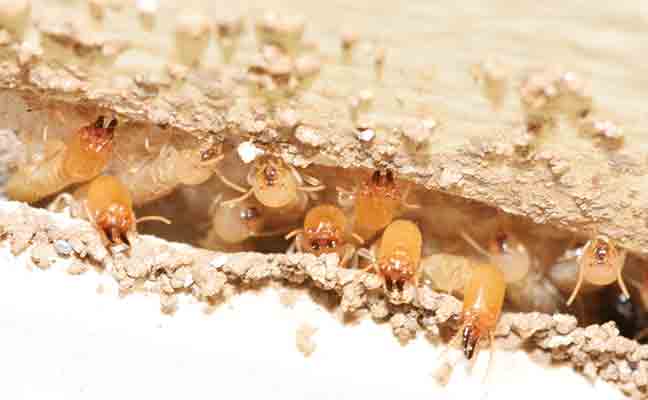Avoid common mistakes to keep your reputation intact and ensure satisfied customers.
Termite management can be rewarding and lucrative work. Smart termite professionals rarely have a problem, but challenges may occur. What follow are four areas to focus on to maintain good customer relations.
1. Training
Develop a termite management training program for technicians and inspectors. Document the training each inspector or technician receives. Furthermore, it’s a good idea to implement a documented quality control program whereby a supervisor or other management-level team member checks on the work of each inspector or technician on a routine basis. When necessary, provide additional training.
Retain evidence of your company’s training program. Maintain records that show the names of the inspectors or technicians who received training. Also, implement an oversight program to ensure each employee is following your company’s termite management standards.
2. Inspections
A thorough inspection is vital for successful termite management. To ensure an inspector conducts a proper inspection, some companies hide business cards in a building and expect the inspector to find them. Other companies use bar codes that must be scanned as proof an inspector went into a hard-to-reach area.
When inspecting for termites, completed paperwork also is important. Supervisors should regularly review time sheets to see how long an inspection took. A typical crawlspace cannot be inspected thoroughly in 15 minutes. If inspection times seem shorter than usual, the inspector’s work needs a closer look.
Inspectors should record on their reports “exceptions” that would include inaccessible areas and their causes (such as standing water, snow drifts, etc.). Some companies require inspectors to document these situations with photos and then store the data with the inspection reports. Smartphones can handle this task easily.
When working with homebuyers or Realtors, record any and all evidence of a prior treatment, conducive conditions and visible damage. Put yourself in the position of a potential buyer and ask, “What would I want to know about this property if I were the buyer?” If you relay all of that information to the buyer, you have done your job.
Inspectors also should check company files to see whether anyone else from the company has been to that property in the past. If so, inspectors should take note of what was found. The buyer should know if termite damage was found in the past but is now repaired.
3. Treatment
Even the best companies experience challenging termite management jobs from time to time. Construction issues, soil removal for landscaping, or other unforeseen problems may permit termites to bypass your treatment. Some companies rely on perimeter-only treatments. While effective, such treatments also call for additional spot treatments in areas of termite activity. Annual, thorough reinspections are required to detect any termite activity following such treatments.
If a customer calls to report new termite activity, a different technician or a supervisor should handle the new inspection. A different set of eyes may quickly find the reason.
Redrilling old holes to retreat is not the best idea. If it didn’t work the first time, it probably won’t work the second time. Someone with experience and special expertise should visit retreats to determine what the problem is, and then recommend an appropriate course of action.
Consider making a hole in a slab, porch or wall at the time of the third retreat to determine the existence of hidden construction problems (such as an embedded grade stake or wood-to-ground contact). Lots of construction problems exist in most buildings, and a hole through which you can inspect is cheaper to repair than more termite damage. If you don’t feel you have the expertise to solve the problem, contact a friendly competitor, supplier or a representative of the termiticide company. Many sources of help are out there.
4. Complaints
How you handle a complaint about your termite management service may mean the difference between keeping and losing a customer.
First, respond quickly and with courtesy. If you treat your customer with respect, you’re off to a good start. If termite damage is involved, you should know what your insurance deductible is. If the termite damage is less than the deductible, then arrange to have it repaired if you think you are at fault.
Most companies have contracts that state they will repair damage if live termites are found. If there are no live termites, but damage was found hidden in walls, most companies consider that “old” damage not covered under warranty.
There may be cases, however, where you may want to make repairs even though you do not believe you are at fault. Customer relations must be considered. A management-level team member, not a technician, should make the decision.
Follow these termite management tips, and you should have a successful termite season this year.
Contact Dr. Doug Mampe, a PMP Hall of Famer, at dentomol@aol.com.

Great knowledge given. Thanks